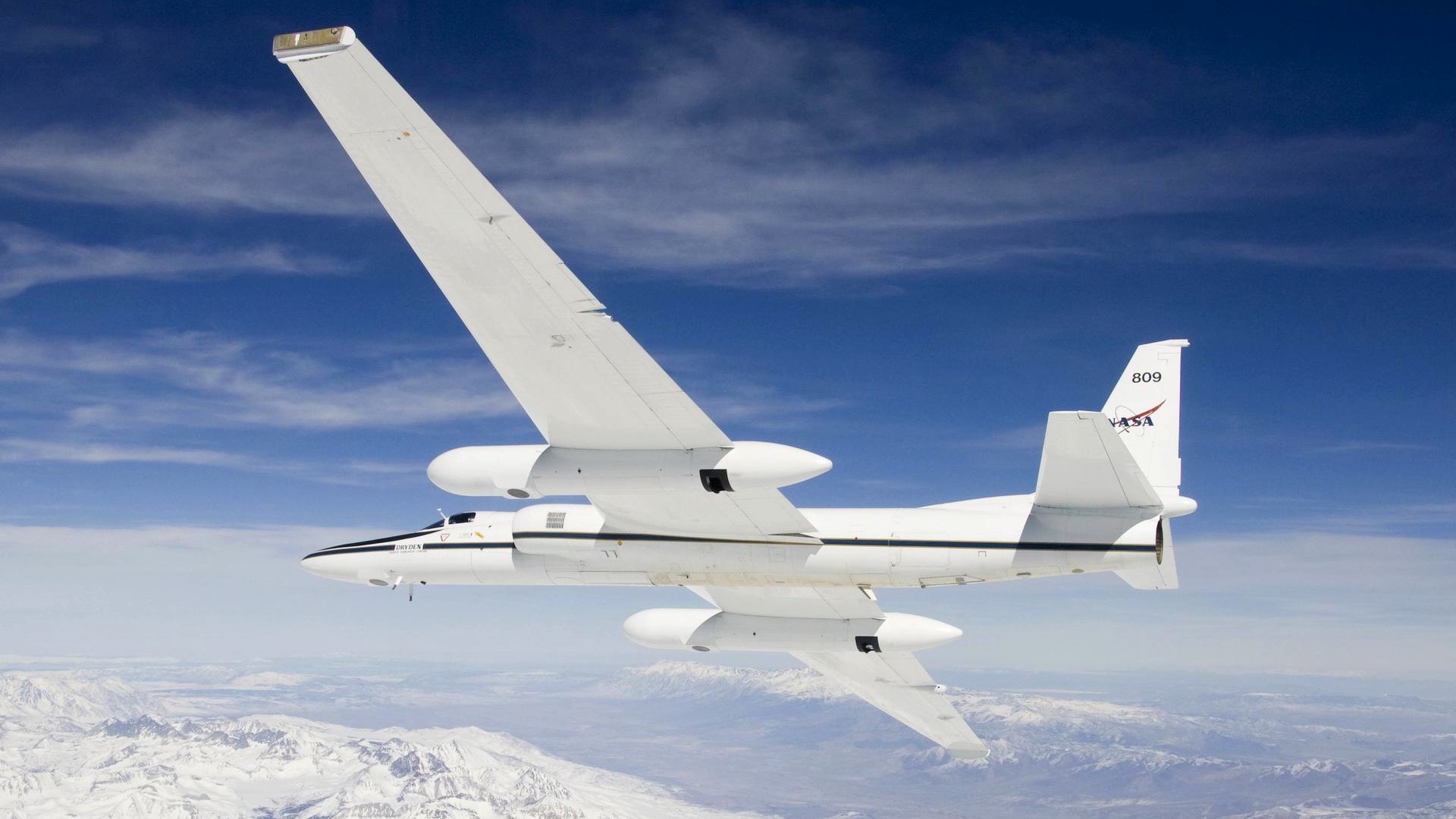NASA's modified U-2 spy plane is hunting for 'strategic minerals' in the desert. Here's why
The minerals are highly sought after for their use in electronics manufacturing.

NASA's high-altitude ER-2 aircraft have their roots in the American desert.
The agency's two ER-2 (Earth Resources 2) aircraft are based on the Lockheed U-2 spy plane that was developed in the 1950s at the highly secretive Groom Lake test site that would become the United States Air Force's infamous Area 51 facility.
Like their U-2 predecessors, NASA's ER-2s can fly well above 60,000 feet (18,000 meters) and have flown over 4,500 missions studying Earth's atmosphere and related phenomena, ozone levels and have even been used to test new satellite sensors.
Now, the ER-2 are back above the desert, where the U-2s they're modified from were once the cause of UFO sightings. Since September 2023, NASA has tasked one of those ER-2 aircraft with helping to locate stores of minerals hidden in the American desert, minerals that are vital for electronics manufacturing, the U.S. economy and, by extension, national security. The mission is known as GEMx, or the Geological Earth Mapping Experiment, and is being conducted in collaboration with the United States Geological Survey (USGS).
Related: NASA flew a modified U-2 spy plane into thunderstorms to study super-energetic gamma-rays
"The U.S. depends on a reliable supply of Earth materials to support its economy and national security," said USGS geophysicist Raymond Kokaly in a NASA statement. "Such materials have been deemed critical minerals because disruption of their supply would have significant negative impacts. Undiscovered deposits of at least some of these critical and strategic minerals almost certainly exist in the United States, but modern geophysical data is needed to increase our knowledge of these resources."
The GEMx mission involves flying NASA's ER-2 and one of its modified Gulfstream V business jets over the American Southwest, including California, Nevada, Arizona and New Mexico. For this particular experiment, the ER-2 is flying over these arid regions at altitudes of 65,000 feet (19,800 m) with special sensors that collect what are known as hyperspectral images.
Breaking space news, the latest updates on rocket launches, skywatching events and more!
These images consist of not only visible light but also multiple bands of infrared and thermal radiation, allowing researchers to see what NASA refers to as "geophysical complexities behind seemingly simple or monochromatic surfaces" that might suggest the presence of the critical minerals the GEMx mission is hunting.
Ultimately, the mission is one of national security, aimed at helping the United States wean itself off of its dependence on foreign supplies of electronics for not only consumer use but also government and military customers. "If this mission can successfully identify critical minerals in minable locations in the U.S., we could be less dependent on foreign entities for these critical minerals," said Kevin Reath, NASA deputy program manager for GEMx, in the agency's statement.
The Biden-Harris administration has made it a priority in recent years to expand the United States' domestic supply of these minerals, signing an Executive Order in 2021 aimed at reducing "over-reliance on foreign sources and adversarial nations for critical minerals and materials posed national and economic security threats."
Currently, China has the market on these minerals cornered. "Globally, China controls most of the market for processing and refining for cobalt, lithium, rare earths and other critical minerals," a White House fact sheet published in 2022 states.
NASA expects the GEMx project to cost $16 million and continue through fall 2026.

Brett is curious about emerging aerospace technologies, alternative launch concepts, military space developments and uncrewed aircraft systems. Brett's work has appeared on Scientific American, The War Zone, Popular Science, the History Channel, Science Discovery and more. Brett has degrees from Clemson University and the University of North Carolina at Charlotte. In his free time, Brett enjoys skywatching throughout the dark skies of the Appalachian mountains.


